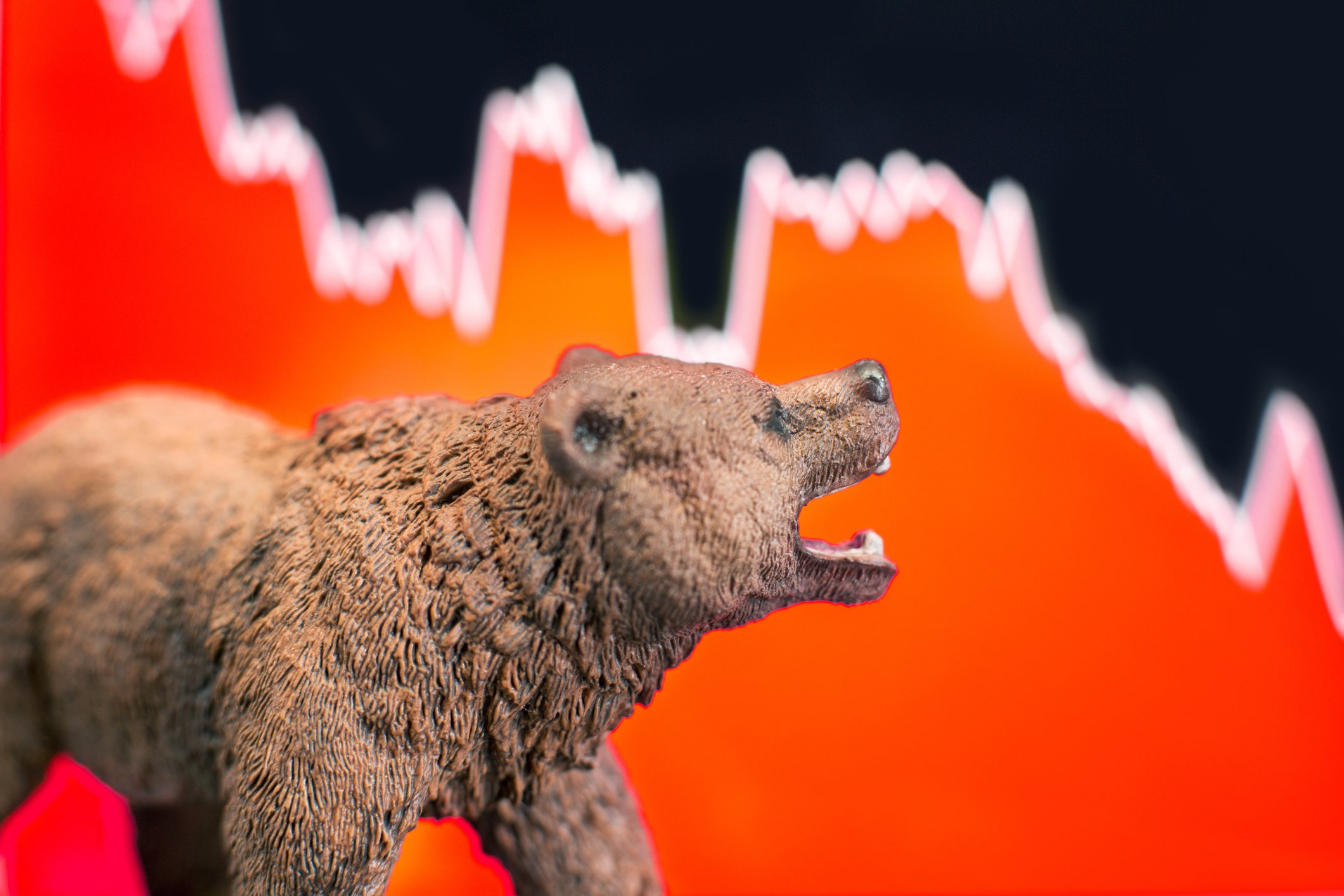For more than 120 years, the Dow Jones Industrials (^DJI 0.51%) has provided investors with a gauge on how the overall stock market is doing. The average is a simple barometer of a small cross-section of the market, but its components represent the cream of the crop among U.S. stocks, and admission to the Dow is a mark of success that few companies ever earn. Yet despite its popularity, there are several things that most people don't know about the Dow, and the four facts below help provide longer-term perspective on the average and its future.
1. The Dow hasn't always had 30 stocks
The number of stocks in the Dow has been left unchanged long enough that many investors refer to the average as the Dow 30. Yet the Dow Jones Industrials hasn't always had 30 stocks. When it was first started, the Dow tracked only a dozen stocks. That number rose to 20 in 1916, and 12 years later, the Dow expanded to its current selection of 30 stocks.
At one point within the past decade, the Averages Committee, which oversees the Dow, considered expanding the number of stocks that the average tracks to 50. Yet in the end, the overseers of the Dow didn't make the change, largely because it couldn't come up with a compelling reason to make the change. Indeed, although some point to the idea that 30 stocks would never be enough to represent the market fully, the counterargument is that having just 30 slots forces the Dow to exercise discipline in making decisions.

Image source: Getty Images.
2. The Dow tracks broader-market benchmarks quite closely
Another criticism that the Dow sometimes receives is that its different methodology for stock selection and index calculation could result in the average not tracking well with other key stock market benchmarks, such as the S&P 500 (^GSPC 1.07%). This argument becomes particularly intense when the two benchmarks move in opposite directions, as happened in 2005, when the Dow fell almost 1% compared to a 3% gain for the broader S&P.
Yet when you look at correlations, the monthly returns of the Dow and the S&P 500 match up very well, with a correlation index of more than 0.95. Dating back to 1970, correlation figures by decade have been at 0.93 or above. That indicates that the Dow typically tracks in the same general direction as the S&P 500 and other broader large-cap stock market indexes, fulfilling its key function with a much smaller universe of stocks to follow.
3. The Dow has thought about using a market cap-weighted methodology
One of the Dow's most unusual idiosyncrasies is its price-weighted calculation method, which favors stocks that have high share prices by granting them greater weight over the average than stocks with low share prices. In some cases, that can make smaller companies have more weight than larger companies, simply by virtue of decisions on whether or not to implement stock splits or other decisions that have little to do with overall valuation.
The Averages Committee has looked at this question in the past, and its decision not to switch to a market-cap weighting system centered on the fact that it wouldn't have made a big difference in the Dow's overall returns. Indeed, the price-weighted system would have outperformed a theoretical market cap-weighted Dow, and that seemed compelling enough to leave the average alone.
4. Turnover in the Dow has picked up dramatically in the past 10 years
Companies that join the Dow tend to stay in the Dow, and many believe that the Dow is too slow to adapt to changing times in the stock market. In general, the Dow has resisted change for change's sake, instead waiting for a reason that it finds either compelling or unavoidable.
Yet the Averages Committee has been increasingly responsive to the need to adapt. Already since 2008, the Dow has replaced 10 components, which is more changes than it made from 1941 to 1980. Finding the right balance between consistency and responsiveness is tough, but the Dow has done a good job of walking the line for more than a century.
The Dow Jones Industrials is extremely popular, but there are many things that investors don't know about it. Staying on top of events with the stock market benchmark can help you be a better investor.






